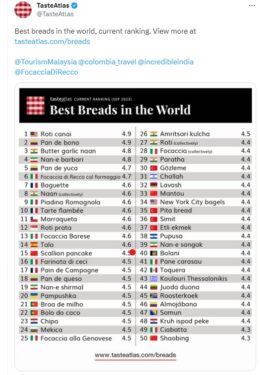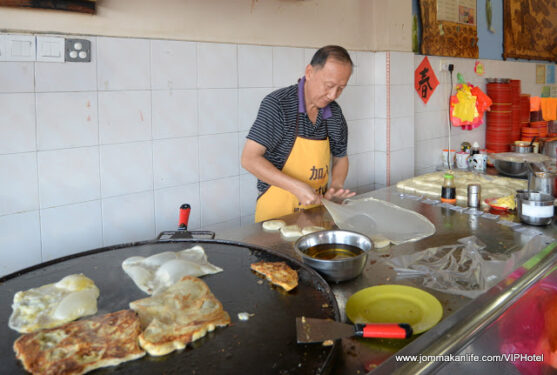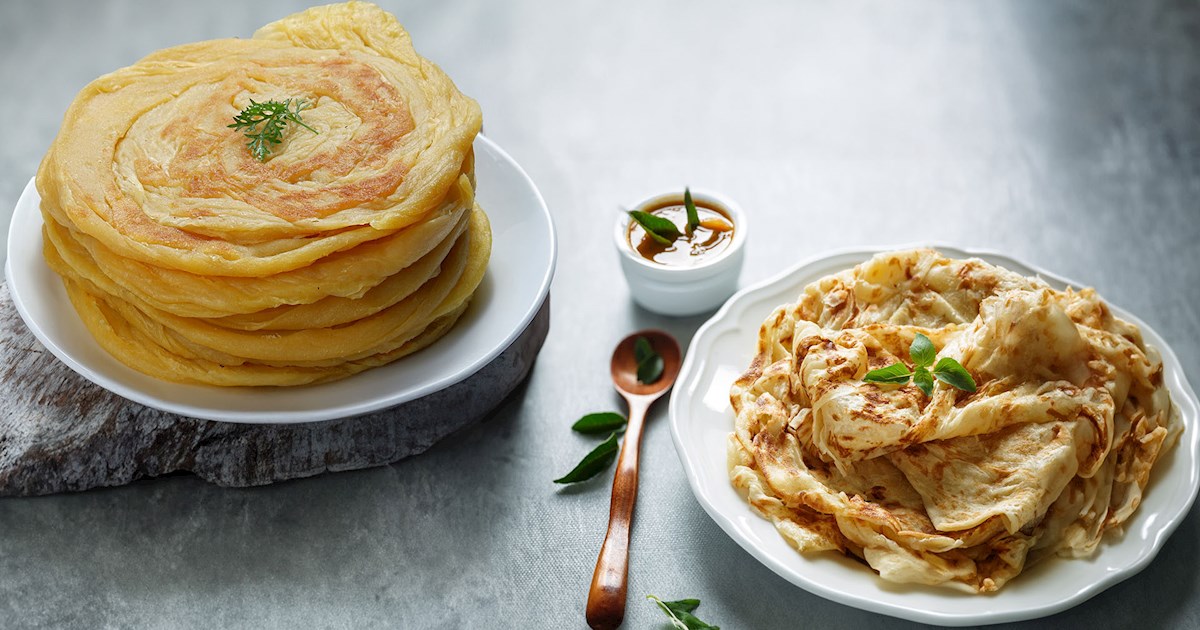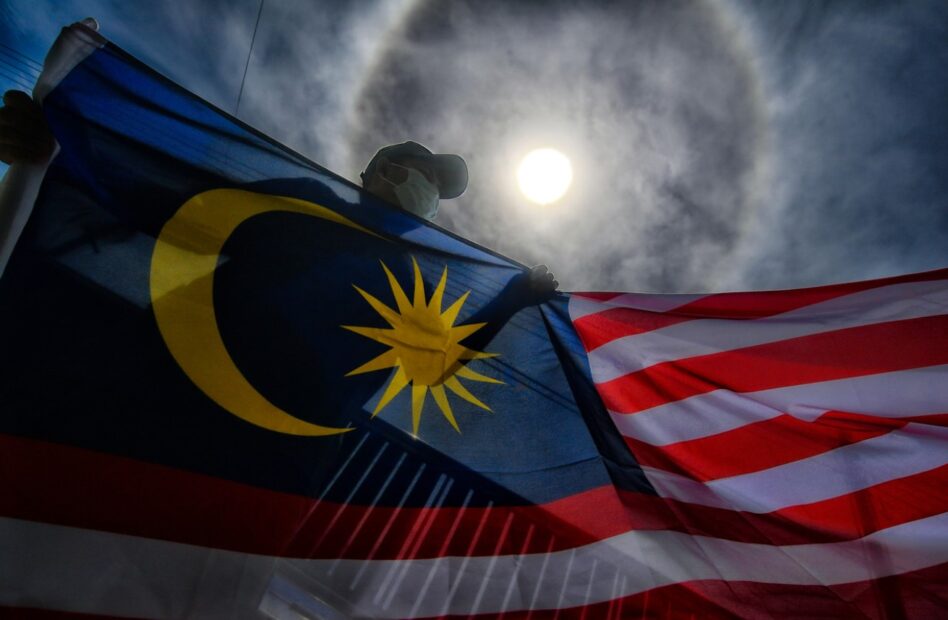SOME wars are fought on the battlefield. Others in the economic realm. But for Malaysians and Singaporeans, hostilities are largely reserved for the seemingly never-ending food wars which found a perfectly natural environment online to gloat or vent their spleen.
On social media and online forums, who did what, where and the best is a constant theme for the perennial food wars between the two neighbours. The latest salvos were fired over website TasteAtlas’s ranking of breads from disparate parts of the world.
Malaysians were busy puffing out their chests that their beloved roti canai was ranked top of the list. But strangely, TasteAtlas also ranked Singapore’s roti prata in the same list albeit at No. 12. Even stranger was that the original bread that inspired both types of dough – roti paratha – from India was listed at a lowly No. 29.

Foodies have been quick to ask ‘what’s up with that’ given all three breads share many similarities, if not widely regarded as the same greasy, kneaded doughy snack beloved by millions. So much so that TasteAtlas had to produce a separate article highlighting the subtle differences between each.
According to the foodie website, roti canai is kneaded with ghee, giving the dough a soft and stretchy texture. Once it is grilled, the bread has a crispy exterior and a flaky interior. Across the Causeway, apparently roti prata “is typically made with a combination of flour, water, sugar and condensed milk” which gives the bread a slightly sweet taste and a denser texture.
Given that Malaysia is currently facing an identity crisis with politicians doing their utmost to divide the populace, it is heart-warming to see so many display their shared patriotism via the humble roti canai.

Forget the semantics surrounding the issue but rather let’s focus on the immense pride Malaysians take in their cuisine and how it is able to unite a seemingly disjointed and polarised society.
Also, lest it is forgotten, a large proportion of roti canai consumed daily is prepared by the migrant worker. So maybe it is time for more Malaysians to also show some appreciation for the foreign workers churning out the “world’s best bread” for their consumption. – Sept 18, 2023
Main pic credit: TasteAtlas









